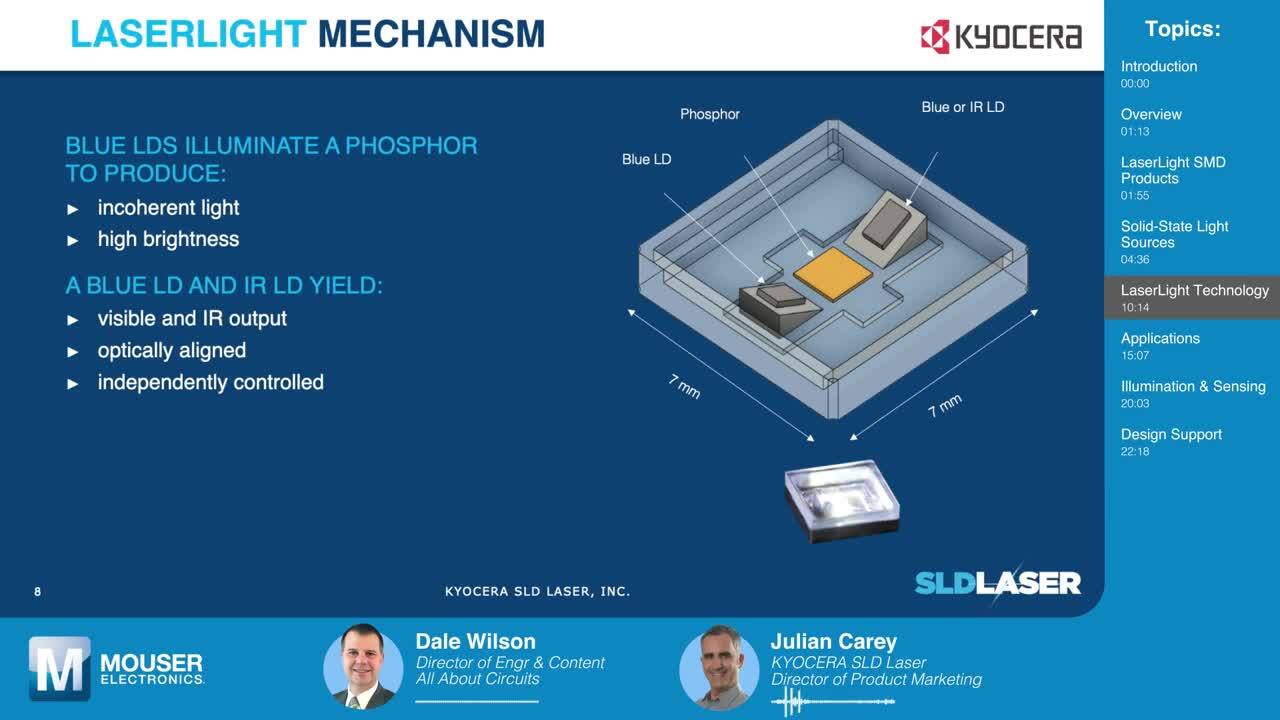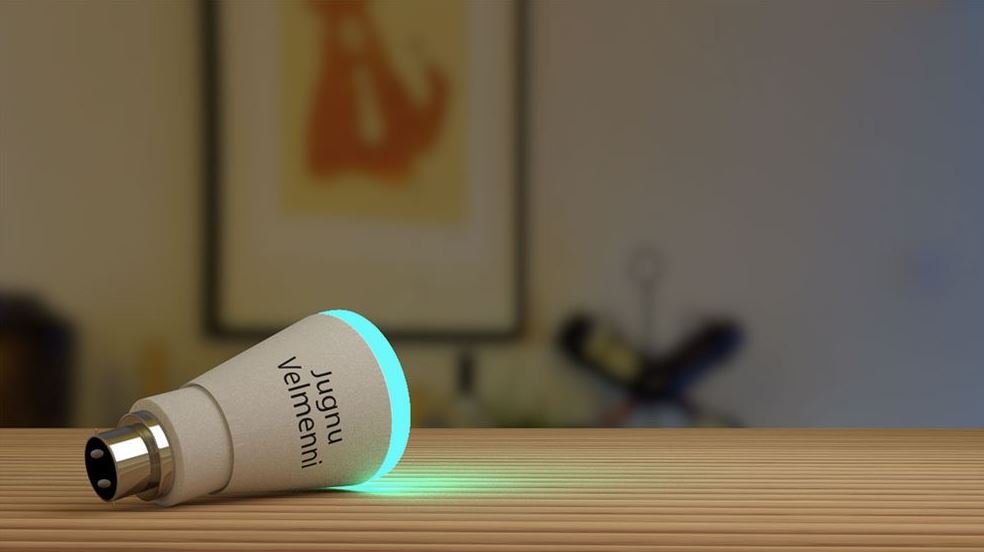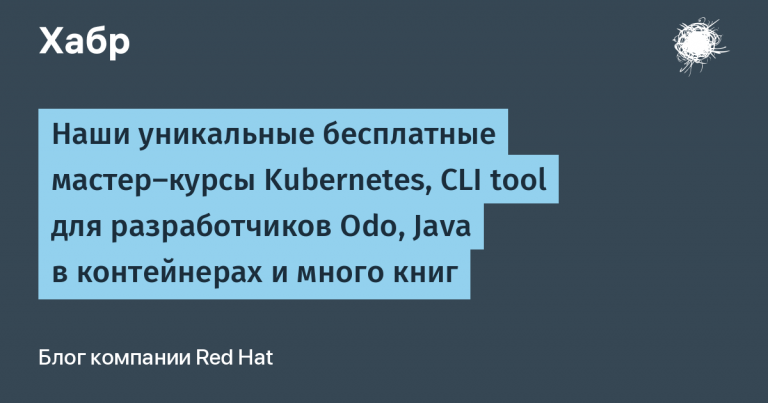secure and fast communication
Today, an Internet connection is necessary everywhere, since the means of our communication, access to entertainment and work are literally tied to it. However, the current Wi-Fi technology we rely on has its limitations in terms of speed, capacity, and security. In this article (which is unlikely to be able to claim exclusivity), I tried to comprehensively highlight the principles of operation of LI-FI technology and its features, and also tell why, in my opinion, LI-FI is a promising future for the field of information security.
What is Li-Fi?

Li-Fi, which stands for Light Fidelity, similar to Hi-Fi (high fidelity) and Wi-Fi (wireless fidelity), is a type of wireless communication that uses light waves to transmit data. It works by modulating the light emitted by LED lamps at extremely high speeds, producing binary codes that can be interpreted by a receiver. Unlike Wi-Fi, which uses radio waves, Li-Fi can achieve data transfer rates up to 224 Gbps, making it ideal for applications that require high bandwidth, such as receiving / transmitting ultra-high definition video streaming, organizing remote jobs, cloud gaming, virtual reality, etc.
Li-Fi standard and technical details

Li-Fi uses similar protocols to IEEE 802.11 as Wi-Fi, but uses visible light waves (instead of radio waves) within the electromagnetic spectrum, offering significantly higher bandwidth. The standard for Li-Fi, IEEE 802.15.7, describes the physical and middle access control layer, which includes three separate physical layers (PHY I, II and III) with different throughput. PHY I is designed for outdoor use and operates in the speed range from 11.67 Kbps to 267.6 Kbps, while PHY II provides data rates from 1.25 Mbps to 96 Mbps. PHY III is multi-source and uses a unique modulation technique called Color Shift Keyring (CSK), also known as Wavelength Shift Keying, operating from 12 Mbps to 96 Mbps.

MB interesting #1
At CES 2021, Kyocera SLD Laser (KSLD) introduced the LaserLight, a semiconductor light source capable of emitting both white and infrared light for a variety of applications. This includes car headlights, street lighting, home lighting, lidars in driver assistance systems and autopilots, and a Li-Fi wireless light communication device with data rates up to 20 Gbps.

Benefits of Li-Fi technology and where to use them
Li-Fi has a number of advantages such as low cost and ease of implementation, no licensing requirements, and no interference with other electromagnetic frequencies. It can be used in environments where radio bands are prohibited (for example: military installations, medical facilities or aircraft).
One of the biggest benefits of Li-Fi is its security. Since light cannot pass through walls, it is almost impossible for attackers to intercept data transmitted over Li-Fi. This makes it an ideal choice for applications requiring a high level of security, such as military communications, financial transactions, and medical data exchange. In addition, Li-Fi can be used to create a more secure and private Internet of Things (IoT) ecosystem. With billions of devices connected to the Internet, security has become a top priority for businesses and consumers alike. By using Li-Fi to connect IoT devices, data can be transferred securely in confined spaces, reducing the risk of unauthorized access to it.
But how can Li-Fi be used in practice to ensure information security?
Application of technology in practice
Secure communications at military installations
Li-Fi can be used to create a secure and reliable communications network for military installations and equipment. Using Li-Fi, units can transmit critical information such as troop movements and location data without the risk of being intercepted by enemy forces. Because Li-Fi signals don’t travel long distances or penetrate walls, it’s nearly impossible to intercept them.
MB interesting #2

In 2019, during military exercises, the French army used Li-Fi to create a secure communication channel between soldiers and tanks. The system used tank-mounted LED lights for data transmission, ensuring reliable communications even in harsh environments.
Protecting communication channels in healthcare facilities appropriately is critical to ensuring the security and confidentiality of patient personal data. Li-Fi can be used in hospitals to securely transfer medical data between devices such as electronic health records and medical imaging systems.
MB interesting #3
Back in 2014, researchers at the University of Edinburgh developed a Li-Fi-based system for transferring medical data between devices in a hospital environment. The system uses LED lights mounted on the ceiling to communicate between devices and equipment.
IoT devices such as smart home appliances and wearables are becoming more and more popular. However, the proliferation of these devices has also created new security concerns, as attackers can use them as entry points to access sensitive data from outside the controlled area. By using Li-Fi to connect IoT devices in confined spaces, such as a room or building, data can be transferred securely without the risk of unauthorized access.
MB interesting #4
At MWC 2023, the pureLiFi team (who are integrating Li-Fi into home use and are confident that the technology has the potential to replace Wi-Fi and turn the very principle of connecting to the Internet) tried to popularly explain the benefits of Li-Fi technology.

A regular Android smartphone was taken as a basis, then a module with special windows for capturing IR rays was added to it. The module is located at the top of the smartphone and has tangible dimensions, but pureLiFi believes that in the era of giant camera units and very functional monobrows, this solution will not stand out much. Such smartphones can work not only with direct rays, but also with reflections from the walls. The ability to seamlessly switch from Li-Fi to Wi-Fi and vice versa is available.

Inside the cube is an array of IR blasters with mirrors. It distributes the Internet strictly within the walls of your house and does not clog the air outside. For the same reason, the risk of unauthorized access to the home network is reduced: an attacker simply will not be able to connect to it, being at a distance from the premises. And yet, it is almost impossible to overload such a network, unlike radio frequency.
We are waiting for the appearance of LAN ports on lamps ..
Technology Limitations
While Li-Fi technology has many advantages, there are some limitations to consider, such as the need for line-of-sight between transmitter and receiver, susceptibility to disruption in bright light, and limited range since communication is only possible within light cones.
Conclusion: the future of technology
In conclusion, Li-Fi technology, although not new, is still in the early stages of development and deployment, so it may take some time before it becomes widely available and widespread. In the meantime, let’s hope Li-Fi doesn’t become a “brilliant” idea that never takes off – after all, we don’t want to stay in the “dark” ages when it comes to fast and secure communication.





